MARKET OVERVIEW
The Melamine Testing Market plays a crucial role in ensuring the safety and quality of a wide range of products that come into contact with food, such as tableware, kitchen utensils, and packaging materials. It has gained prominence due to the need to protect consumers from potential health risks associated with melamine contamination. Melamine testing also extends to environmental assessments, especially when it comes to wastewater. Contaminated wastewater can result from the industrial usage of melamine and must be closely monitored and treated to prevent harmful impacts on aquatic ecosystems.
Melamine testing is a critical aspect of various industries, encompassing food and beverage, plastics, textiles, and environmental management. It guarantees that the presence and concentration of melamine are within the defined safety limits and standards. This not only upholds product safety but also safeguards the well-being of consumers and the environment.
As the Melamine Testing Market continues to evolve, we can anticipate several trends. There will likely be an increased focus on automation and the development of user-friendly, portable testing devices that can be used on-site, reducing turnaround times and costs. The integration of Artificial Intelligence and Machine Learning will enhance the speed and accuracy of melamine detection, enabling the industry to stay one step ahead of adulteration methods. Moreover, international collaborations and harmonization of testing standards will facilitate global trade by ensuring consistent quality and safety measures.
Global Melamine Testing market is estimated to reach $182.5 Million by 2030; growing at a CAGR of 5.9% from 2023 to 2030.
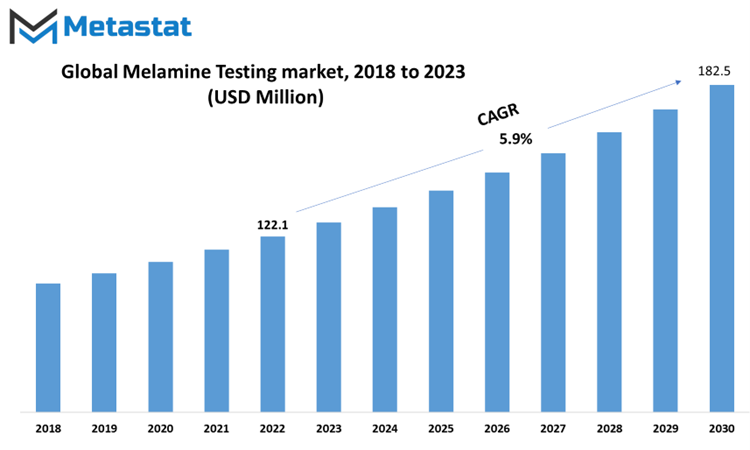
GROWTH FACTORS
The global Melamine Testing market is influenced by several pivotal factors. One such factor is the stringent regulations and quality standards imposed by regulatory bodies. These regulations play a crucial role in shaping the market landscape. They are designed to ensure the safety and quality of products that may come into contact with melamine, such as food and food-related items. The regulations serve as a driving force behind the demand for melamine testing. Companies involved in the production and distribution of melamine-related products must comply with these standards, necessitating rigorous testing procedures. As a result, the market for melamine testing is propelled by the need to meet these stringent requirements.
Another significant driver of the melamine testing market is the increasing awareness about food safety and consumer health concerns. In recent years, there has been a growing consciousness among consumers regarding the safety of the products they consume. This awareness has extended to the potential risks associated with melamine contamination in food and other goods. Consumers are becoming more vigilant about the products they buy, and they often look for assurances of safety and quality. Melamine testing offers a means of providing such assurance. This heightened awareness and demand for safe products fuel the growth of the melamine testing market.
However, it's important to note that the market does face some challenges. High costs associated with testing equipment and technologies are a significant hindrance. Setting up a testing infrastructure and acquiring the necessary equipment can be financially burdensome for businesses, especially smaller ones. Furthermore, there is an issue with the lack of standardized testing methods. The absence of universally accepted testing procedures can lead to inconsistencies and discrepancies in test results. This can hinder the overall market growth and create confusion within the industry.
Despite these challenges, the melamine testing market holds promise. Advancements in testing technologies, such as rapid detection methods and portable devices, present lucrative opportunities. These technologies offer the potential for more cost-effective and efficient testing processes. Rapid detection methods, for instance, can significantly reduce the time and resources required for testing, making them a desirable option for businesses.
Portable devices also have the potential to transform the market. They allow for on-the-spot testing, eliminating the need for samples to be transported to a centralized laboratory. This not only saves time but also reduces the chances of sample contamination during transit.
The global melamine testing market is primarily driven by stringent regulations and a heightened awareness of food safety and consumer health concerns. However, it faces challenges related to high testing costs and the absence of standardized testing methods. Nevertheless, the market is poised for growth with the advent of advanced testing technologies that offer more efficient and cost-effective solutions. These innovations have the potential to reshape the melamine testing market in the coming years.
MARKET SEGMENTATION/REPORT SCOPE
By Technology
The global Melamine Testing market, specifically its technology segment, is divided into various methods for accurate analysis. These methods are pivotal in ensuring the safety and quality of products that may come into contact with melamine, such as food and beverages.
One prominent technology used for Melamine Testing is Gas Chromatography–Mass Spectrometry (GC-MS). This method combines the separation capabilities of gas chromatography with the precision of mass spectrometry, allowing for the detection and quantification of melamine in various samples. It's a reliable tool for identifying melamine, even at trace levels, making it indispensable in food safety and quality control.
Liquid Chromatography–Mass Spectrometry (LC–MS) is another essential technique. It combines liquid chromatography to separate compounds with mass spectrometry for precise detection. In the context of melamine testing, LC–MS is highly effective in screening for melamine contamination. It's widely used in laboratories and regulatory bodies to ensure the safety of products.
High Performance Liquid Chromatography (HPLC) is a well-established method in Melamine Testing. It separates and identifies compounds in a sample, including melamine. HPLC is known for its accuracy and sensitivity, making it a preferred choice for many organizations and agencies responsible for food safety.
Apart from these primary methods, there are other technologies used in the Melamine Testing market. These may include innovative approaches and evolving technologies that continue to improve the precision and efficiency of melamine analysis.
In a world where food safety and product quality are paramount, the Melamine Testing market's technologies play a crucial role in ensuring that products are free from melamine contamination. These methods, ranging from GC-MS and LC–MS to HPLC and others, are essential tools for businesses, laboratories, and regulatory bodies working diligently to protect consumers from potential health risks associated with melamine exposure.
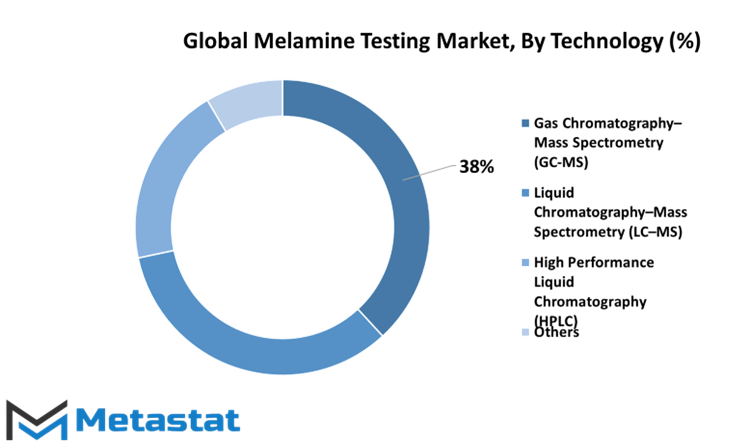
By Application
The Food category pertains to the testing of melamine in various food products. Melamine can sometimes find its way into food items, either through contamination or improper handling. This category covers the analysis of melamine levels in different food products to ensure that they meet safety standards.
The Feed category focuses on the testing of melamine in animal feed. The quality and safety of feed are critical, as it directly impacts the health and well-being of livestock. The testing of melamine in feed aims to prevent its ingestion by animals, thereby safeguarding the food chain. The Others category encompasses applications beyond food and feed. It may include melamine testing in non-food products, such as textiles, plastics, and industrial materials, where melamine might be used in manufacturing processes. This category allows for the broad application of melamine testing across various industries and products.
These distinctions within the melamine testing market's applications are essential to ensure that the specific testing requirements and safety standards of each category are met. The need for accurate and reliable testing is paramount to guarantee the safety of consumers, animals, and the integrity of various products and materials.
REGIONAL ANALYSIS
The global Melamine Testing market encompasses various geographic regions, shaping the dynamics of this industry. Understanding the market's distribution across different geographies provides valuable insights into its trends and demands. North America, Europe, and Asia-Pacific stand as the primary divisions of the global Melamine Testing market, each with its unique impact and significance. North America, as a region known for its stringent regulations and high-quality standards, presents a crucial segment for Melamine Testing. The robust food and beverage industry in the United States drives the demand for such testing to ensure product safety and compliance with regulations.
Europe, with its diverse food and dairy industry, is another significant player in the Melamine Testing market. Stringent EU regulations on food safety have led to a growing emphasis on the quality of products, making Melamine Testing vital for both producers and regulators.
Asia-Pacific, on the other hand, stands as a dynamic and rapidly evolving market for Melamine Testing. The region's expanding food and beverage industry, particularly in countries like China and India, fuels the demand for such testing. The increasing focus on food safety and quality further contributes to the growth of Melamine Testing in this region.
The geographic distribution of the Melamine Testing market reflects the global nature of the food industry. It also underscores the importance of adapting testing practices to suit the specific needs and regulations of each region. Understanding the nuances of these markets is essential for stakeholders in the Melamine Testing industry to navigate the complexities and meet the demands of a diverse and ever-evolving global market.
COMPETITIVE PLAYERS
The global Melamine Testing market is a dynamic landscape. It involves the analysis and assessment of melamine content in various products, particularly in food items. Ensuring the safety and quality of these products is a critical concern. Several key players operate in the Melamine Testing industry, and two noteworthy names are Eurofins Scientific SE and Intertek Group plc.
Eurofins Scientific SE, a significant player in the Melamine Testing industry, offers a range of testing services, including melamine testing. They have a global presence, with laboratories and offices in numerous countries. Their expertise in food safety and quality testing positions them as a trusted source for ensuring products meet regulatory standards. Eurofins utilizes advanced testing methodologies to detect melamine in various matrices, providing accurate and reliable results.
Intertek Group plc, another prominent player, is a leading provider of quality and safety solutions worldwide. Their melamine testing services are part of their comprehensive quality assurance and testing portfolio. Intertek employs cutting-edge technology and methodologies to identify melamine in products, helping manufacturers and regulatory bodies ensure consumer safety and compliance with standards. With a global network of laboratories, Intertek serves a diverse range of industries, making them an asset in the Melamine Testing market.
Both Eurofins Scientific SE and Intertek Group plc play pivotal roles in maintaining the safety and quality of products in the Melamine Testing market. Their expertise, global presence, and commitment to accurate testing are essential for addressing the ongoing challenges associated with melamine contamination in various products, ultimately safeguarding consumer well-being.
Melamine Testing Market Key Segments:
By Technology
- Gas Chromatography–Mass Spectrometry (GC-MS)
- Liquid Chromatography–Mass Spectrometry (LC–MS)
- High Performance Liquid Chromatography (HPLC)
- Others
By Application
- Food
- Feed
- Others
Key Global Melamine Testing Industry Players
- Eurofins Scientific SE
- Intertek Group plc
- Waters Corporation
- Campden BRI
- PerkinElmer Inc.
- EUROLAB
- CEG Test House (CEGTH)
- Auriga Research Pvt. Ltd.
- SGS SA
- Ring Biotechnology Co., Ltd.
- Bioeasy Biotechnology Inc.
- Abbexa Ltd.
- ALS Limited
- Everest Instruments Pvt. Ltd.
- TÜV SÜD
WHAT REPORT PROVIDES
- Full in-depth analysis of the parent Industry
- Important changes in market and its dynamics
- Segmentation details of the market
- Former, on-going, and projected market analysis in terms of volume and value
- Assessment of niche industry developments
- Market share analysis
- Key strategies of major players
- Emerging segments and regional growth potential



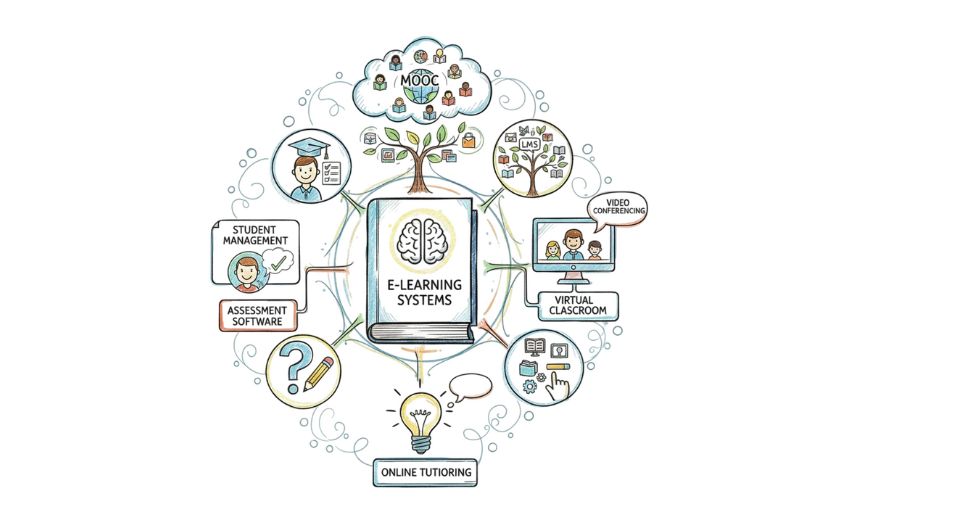
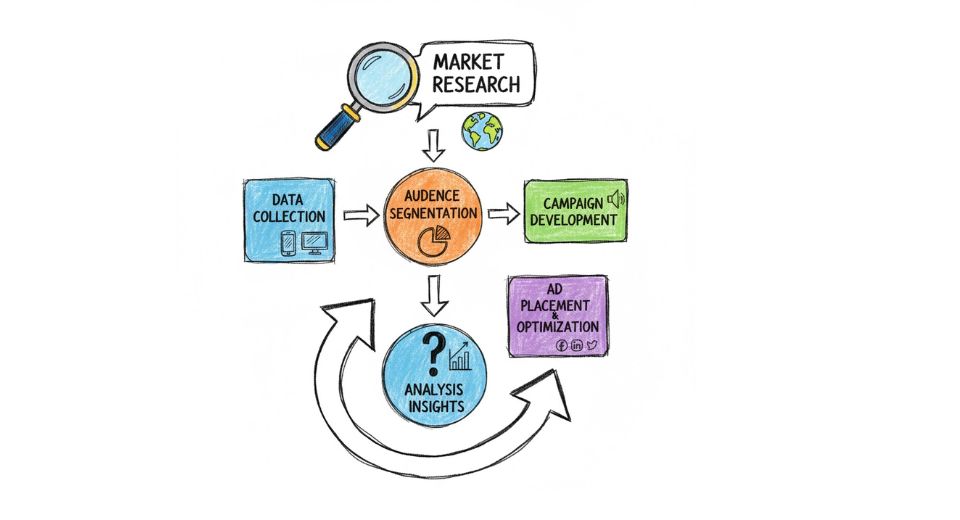
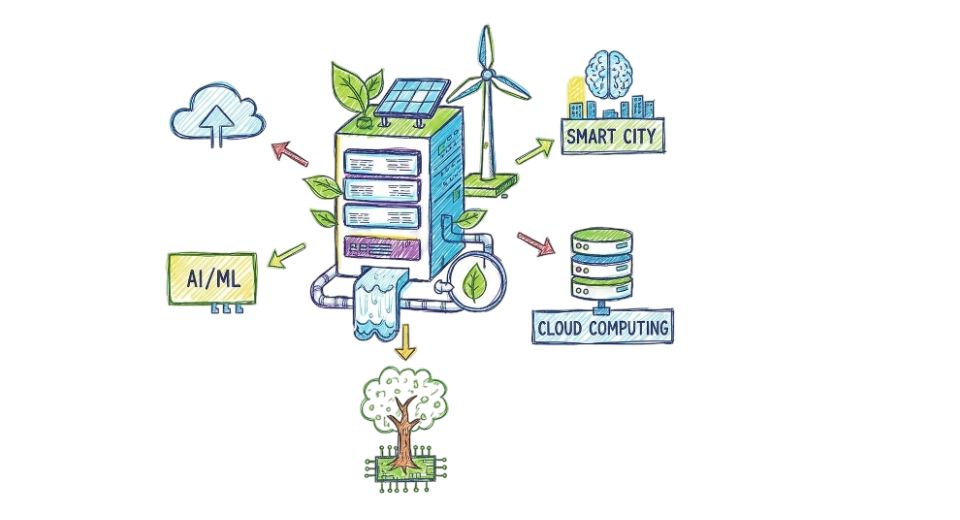
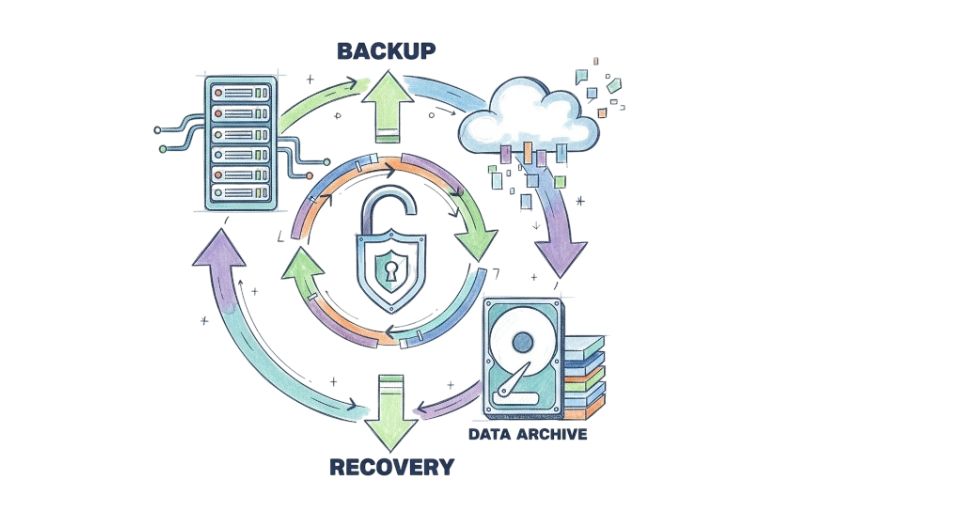

 US: +1 3023308252
US: +1 3023308252






